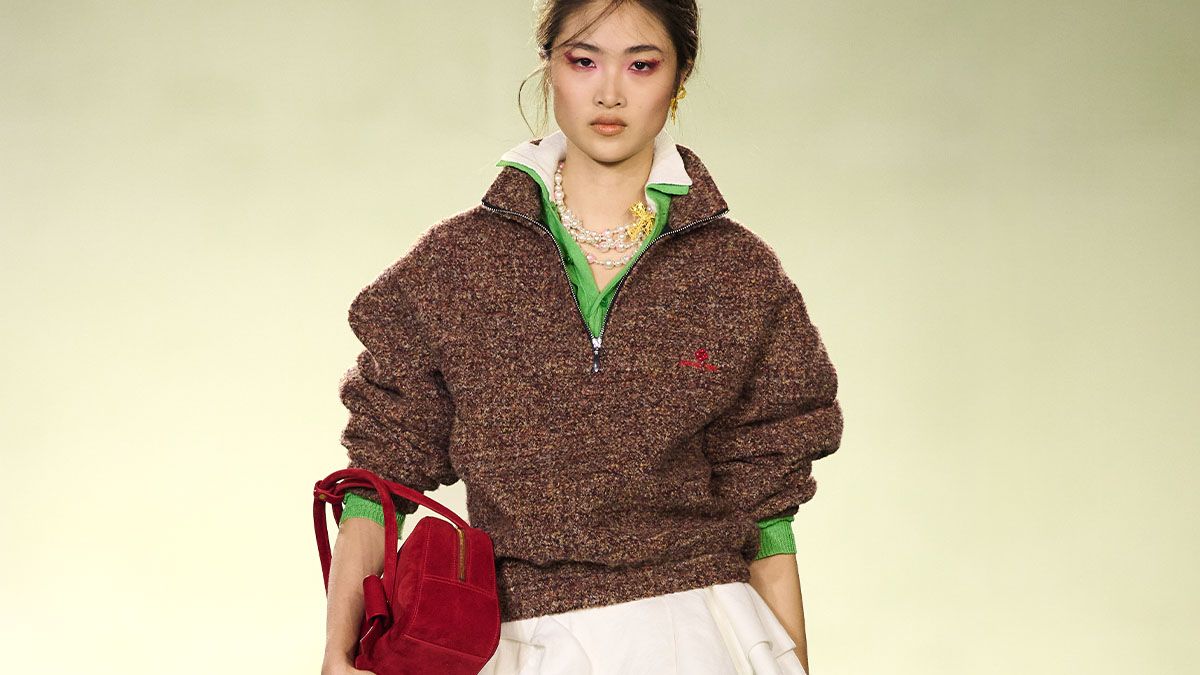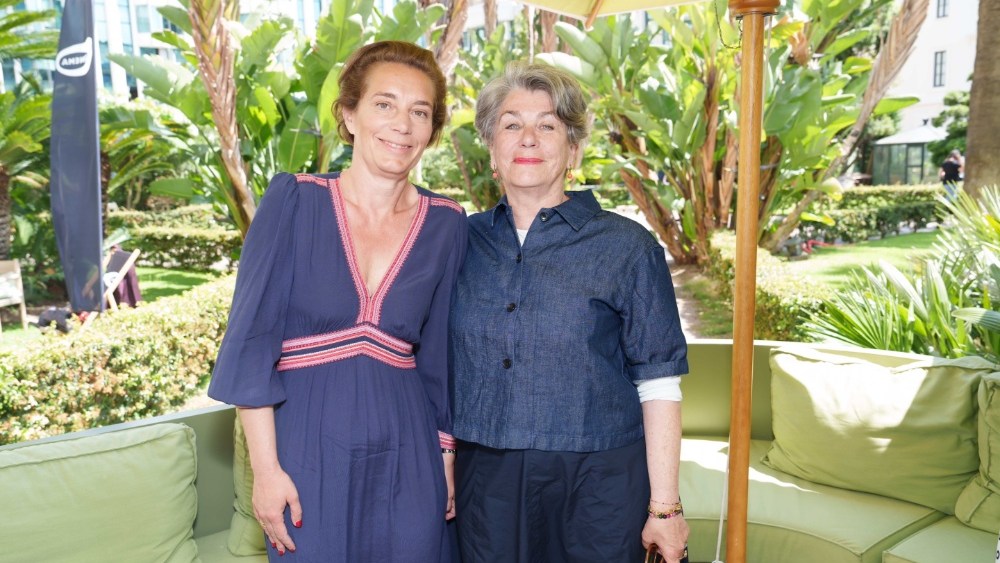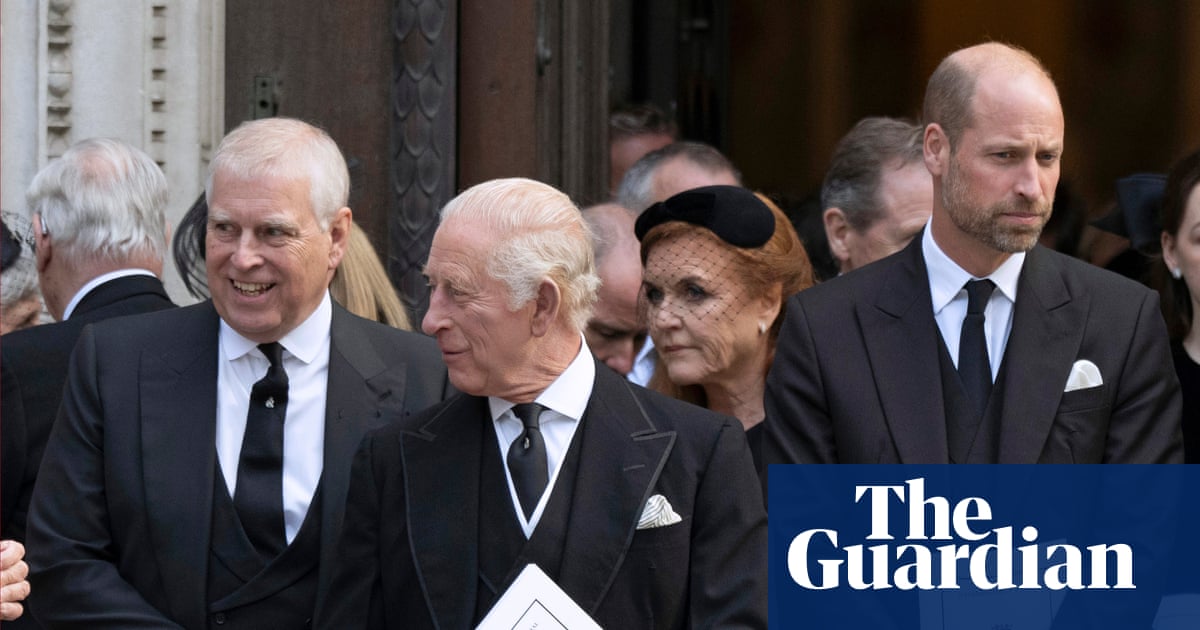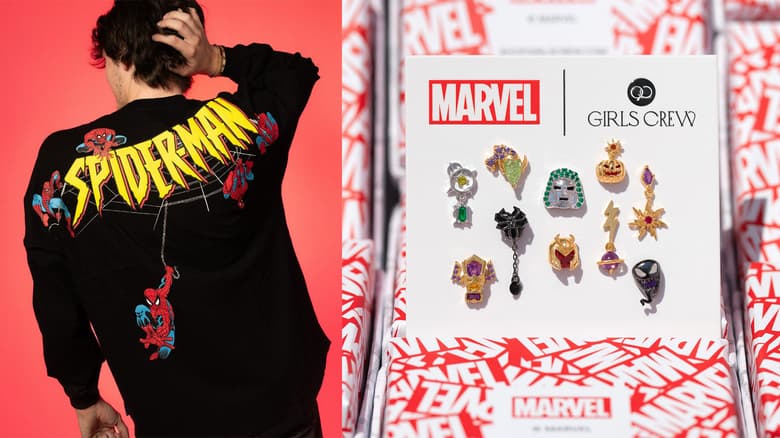Jesse McCartney recently got candid and opened up about his memorable concert with the Jonas Brothers during their recent tour.
In a talk with PEOPLE magazine,…

Jesse McCartney recently got candid and opened up about his memorable concert with the Jonas Brothers during their recent tour.
In a talk with PEOPLE magazine,…

Someone ought to check the forecast for East Highland. A star shower is on the horizon.
“Euphoria,” HBO’s gritty drama about a wayward group of California teens, has added a new batch of A-list actors to its much-anticipated third season,…

Roger Miao, managing director of RoomRoom, a premium and luxury showroom within the large-scale On Time showroom, concurs. “We are encouraging designers to reduce the number of SKUs and really refine their vision,” he says. “Buyers want a…

Kirsten Niehuus has been elected to be president of the German Federal Film Board, known locally as the FFA, the first time a woman has been chosen for the role.
Variety anticipated the appointment in an article published in May at the…

King Charles is considering stripping Prince Andrew of his title of Duke of York after a string of allegations, the Guardian understands.
Buckingham Palace has reportedly reached “a tipping point” over headlines about Andrew’s connections to…


After the Phoebe Philo-filled start to her Die My Love press tour, one could only wonder what else Jennifer Lawrence had in store.
Whether she’s running errands in New York or walking the red carpet, Lawrence’s style is defined by an elevated…

NEW YORK — NEW YORK (AP) — Now here’s something you might not quite believe about Victoria Beckham, glam Spice Girl turned high-profile fashion designer: At theater school, they purposely put her in the back row. Because she was too heavy.
Continue Reading

Whether you attended New York Comic Con this year or not, fear not! Marvel Must Haves is bringing NYCC 2025 to you! Shop Marvel collectibles, apparel and accessories straight from the con floor, perfect for continuing the spirit of NYCC at home.
A…